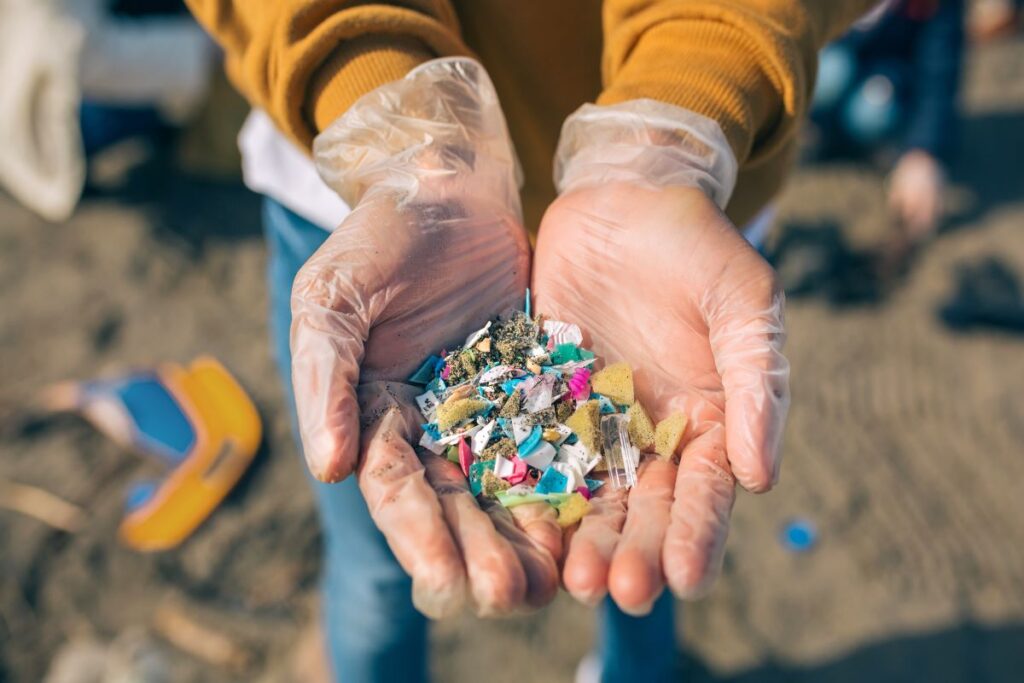Our oceans and freshwater systems are increasingly being plagued by microplastics – or microscopic plastic particles less than 5 mm in size. The disintegration of bigger plastic objects, the presence of microbeads in personal care products, and even synthetic clothing fibers make the problem even worse. With that, it’s critical for us to know how to reduce microplastics.
We can lessen microplastics by minimizing the usage of single plastic, skipping microbeads, and getting rid of plastic waste properly. Going for sustainable products and supporting legislations to reduce microplastic help as well.
In this article, we deep dive into the different ways on how to reduce microplastics and protect our natural environment, oceans, and freshwater systems for future generations.
Quick Navigation
- Minimize Usage of Single-Plastic
- Skip the Microbeads
- Proper Disposal of Plastic Waste
- Go for Sustainable Products
- Support Policies to Reduce Microplastics
- Final Thoughts
Minimize Usage of Single-Plastic
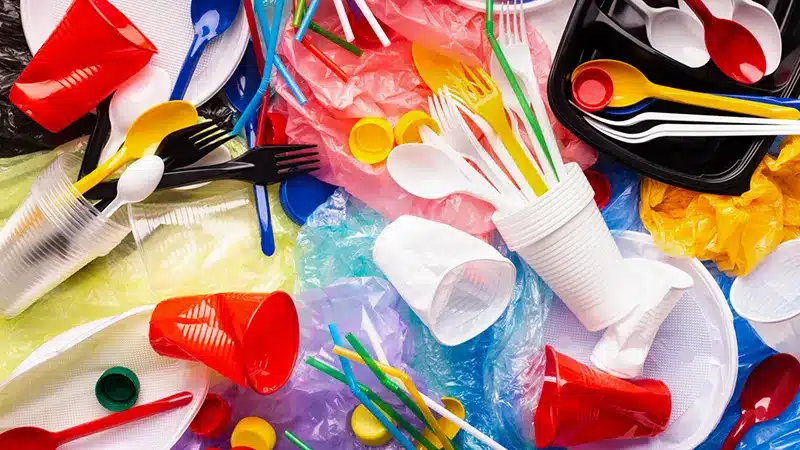
One of the best methods to reduce the number of microplastics in the environment is to use less single-use plastic.
Plastic bags, straws, plastic bottles, water bottles, tea bags, and other single-use items like silverware are typically thrown after being used once and end up releasing microplastics in the oceans and other bodies of water.
The issue of microplastics is worsened by the disintegration of these larger plastic products.
There are numerous easy steps you may take to limit your use of single-use plastics:
1. When you go shopping or out to eat, bring your own reusable containers, bags, and utensils. Customers who bring their own bags or containers can now receive rewards from several restaurants and businesses. Start skipping the takeout containers provided by your favorite food chain.
2. Avoid using straws. Although straws are sometimes provided with drinks at restaurants, you can ask to avoid them. Alternatives that are more environmentally friendly include bamboo, glass, stainless steel, paper, and reusable metal straws.
3. Avoid plastic packaging. Select goods that require less packing or that are wrapped in eco-friendly materials. Also, avoid food in plastic and drinks in disposable cups.
4. Use bars of soap and shampoo instead of liquid soap and shampoo that comes in plastic bottles and plastic containers.
5. Buy goods without extra packagings, such as individually packaged snacks.
We can decrease our usage of single-use plastics and contribute to a reduction in the amount of microplastics in the environment by making some little changes and being aware of the plastic we use.
Additionally, it’s critical to spread awareness in the neighborhood and inspire friends and family to adopt these practices.
Skip the Microbeads

Due to their exfoliating capabilities, microbeads – which are small plastic beads – are frequently added to personal care items including face wash, toothpaste, body washes, and scrubs.
Since most water treatment facilities cannot filter these beads, they wind up in our oceans and freshwater systems. Once in the sea, they cause microplastic pollution and can impair marine species’ health if they consume them.
Ways you can avoid using items that contain microbeads:
1. Before purchasing personal care items, read the labels. In the list of ingredients, keep an eye out for the phrases “polyethylene” or “polypropylene,” which are frequently used to manufacture microbeads.
2. Look for alternatives that use natural exfoliants like salt, sugar, ground oats, and ground nut shells.
3. Only use items marked “biodegradable” or “microbead-free.”
4. Advocate for the enactment of laws that prohibit the use of microbeads in cosmetics.
It is critical to be knowledgeable about the items we use and how they affect the environment. We can lessen the amount of microplastics in the environment and contribute to the preservation of our freshwater and ocean ecosystems by avoiding goods that include microbeads.
Additionally, using plastic-free cosmetics and natural alternatives offer a gentle and natural way to exfoliate the skin, on top of helping the environment.
Proper Disposal of Plastic Waste
The number of microplastics in the environment must be reduced, and proper plastic waste disposal is essential.
Plastic debris can wind up in the oceans and other bodies of water due to improper disposal methods, such as littering or improper landfill disposal. This aggravates the microplastics issue.
Here are different ways to dispose of plastic garbage effectively:
1. Plastics should be separated and sorted from other household garbage. This facilitates the processing of the plastic by recycling facilities and guarantees proper recycling.
2. Learn which plastics can be recycled where you live. Some plastics need particular care, and not all plastics can be recycled.
3. Recycle as much plastic as you can. This covers plastic bags, wraps, and films in addition to bottles and containers.
4. Dispose of trash plastic that can’t be recycled properly. Ensuring plastic garbage is appropriately kept and not exposed to the environment is a part of this.
5. Support laws and programs that promote plastic trash minimization and responsible disposal.
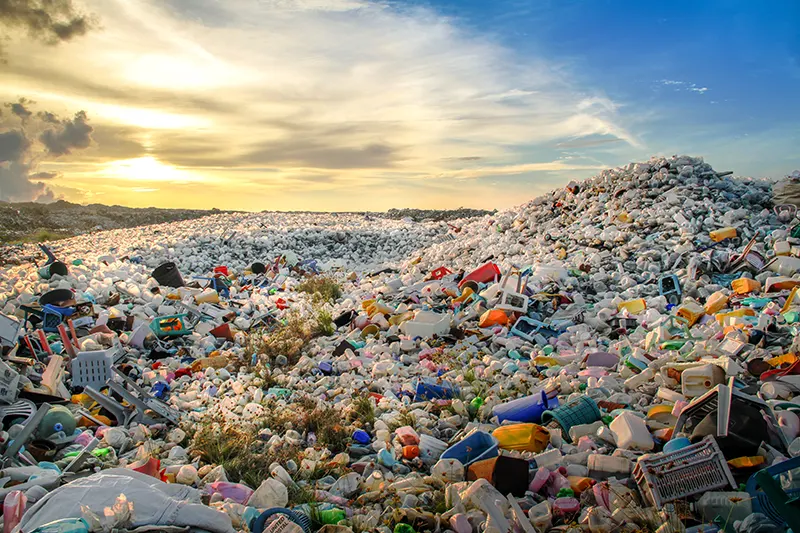
It’s also crucial to remember that there are other ways to significantly reduce plastic pollution besides recycling.
Reduced usage of single-use packaging and plastics and the discovery of more environmentally friendly substitutes, such as bioplastics and biodegradable plastics, are crucial milestones in the direction of lessening environmental plastic waste.
We can greatly minimize the amount of plastic that enters the environment by properly disposing of our plastic garbage, whether by recycling it or by properly disposing of it in a landfill.
Furthermore, correct disposal can boost the effectiveness of recycling and waste management systems, benefiting society and the environment at the same time.
Go for Sustainable Products
Reducing the amount of microplastics in the environment begins with using sustainable products. Sustainable products are ones that use renewable resources and have little impact on the environment.
Bamboo is one of the best examples of a sustainable material. Compared to standard wood, bamboo grows quickly and is a sustainable resource that uses fewer chemicals and water.
Furthermore, bamboo decomposes in the environment without leaving behind microplastics because it is biodegradable.
Other examples of environmentally friendly materials are:
1. Organic cotton and linen, which are produced without the use of artificial fertilizers or pesticides, are two other examples of sustainable materials.
2. Materials that have been previously used and can be recycled, such as glass and plastic.
3. Organic materials like wool, which may be broken down by soil microbes and is biodegradable
Additionally, it’s critical to search for products without microplastics. This includes items created without synthetic fibers that can shed and end up in the environment as microplastics and items without microbeads.
We can lessen the quantity of synthetic materials and plastic that enters the environment and encourage the use of more ecologically friendly materials by using sustainable products.
Utilizing sustainable products can also stimulate the market for more eco-friendly goods, encouraging additional businesses to follow suit, limit microplastic pollution, and lessen their environmental impact.
Support Policies to Reduce Microplastics
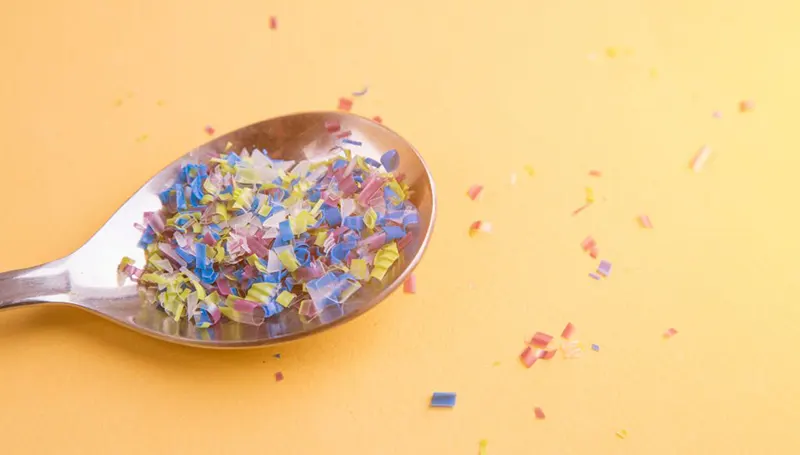
Through regulation, governments play a critical role in lowering the amount of microplastics in the environment.
Individuals and society can contribute to a reduction in the number of microplastics in the environment by supporting legislation that tries to limit the use of single-use plastics and microbeads.
Legislation that can reduce the use of microplastics includes the following examples:
1. Reducing or outlawing the use of single-use plastics including cutlery, straws, and bags. This may aid in lowering the quantity of plastic that enters the environment.
2. Levying charges for the use of specific plastics, like plastic bags. This may motivate people and organizations to use fewer single-use plastics.
3. Making personal care goods without microbeads. This may aid in lowering the quantity of microbeads that enter the environment.
4. Encouraging the use of more environmentally friendly materials—like bioplastics and biodegradable plastics—through tax breaks and other financial aid.
5. Putting in place extended producer responsibility policies, which oblige producers to handle the disposal of their products’ packaging and materials.
Furthermore, it is critical to support and promote legislation that promotes effective waste management practices and recycling infrastructure.
Final Thoughts
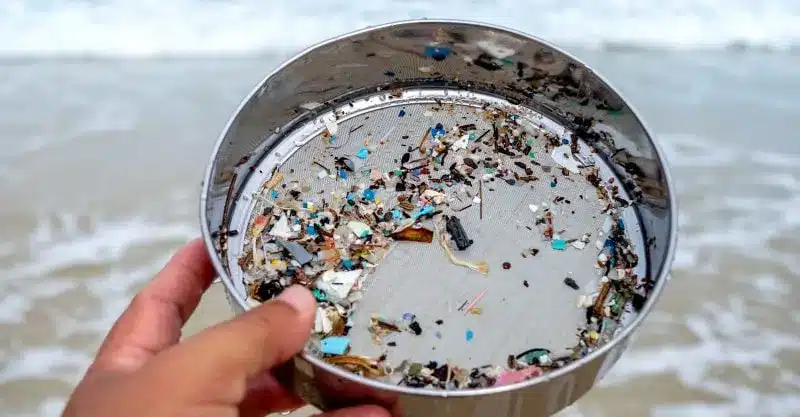
In conclusion, reducing the amount of microplastics in the environment is a crucial step in protecting our oceans and freshwater systems for future generations.
We can do that by taking simple steps such as reducing single-use plastic usage, avoiding microbeads, and properly disposing of plastic waste. We should also start supporting legislation to reduce microplastics and using sustainable products.

